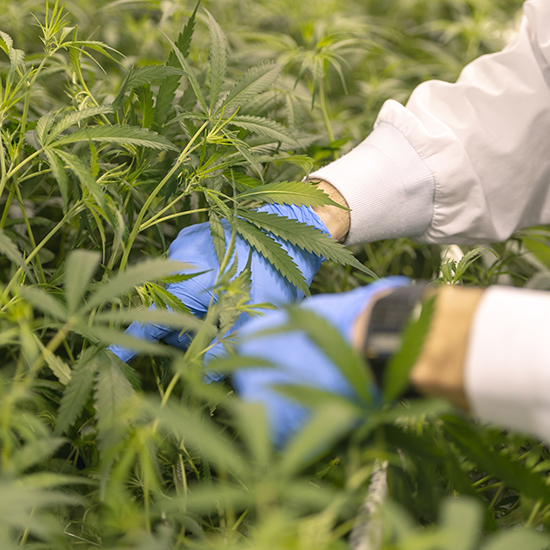Pesticides are sometimes used on marijuana and hemp crops to improve yields. Using advanced techniques like liquid chromatography-tandem mass spectrometry (LC-MS/MS), you can test your samples for residual chemical contamination.
Insecticides, fungicides, rodenticides, acaricides, or other crop protecting chemicals can pose health risks both to field employees (through exposure) and to consumers. Additionally, these chemicals are regulated differently from state to state within the United States and from country to country. While pesticides rank highly on the list of safety concerns and regulated compounds that are the focus of cannabis and hemp testing, the range of acceptable levels, which ranges from 0.01 µg/g (10 ppb) to above 1 µg/g (1 ppm), is highly variable.
The analytes targeted for testing, and the actionable residue levels, vary by region. Each jurisdiction has an approved lists of pesticides to monitor, and an established maximum residue limit (MRL) for each pesticide potentially found in a marijuana and hemp harvest. To put the regulation differences into perspective:
- The Oregon List of Pesticides1 has a list of 59 compounds (pesticides and cannabinoids)
- The California Pesticide Regulations2 are divided into 2 categories:
- Category I pesticides contain 21 residues with a limit of detection (LOD) of 0.1 ppm
- Category II residues list 45 compounds with MRLs in “Inhalable Cannabis Goods” or “Other Cannabis Products”. The lowest action limits are at 0.1 ppm.
- There are 6 compounds on the California list that are not currently on the Oregon List
- The Canadian Cannabis Pesticides List3 proposes regulating 96 pesticides, with tolerance levels 10 to 500-fold lower than those regulated by California or Oregon, with many analytes regulated at 10 ppb in product
The LC-MS/MS solution for your pesticide testing in cannabis
Because of the variability and diversity of the matrix composition of samples—cannabinoids, terpenes, sugars, fatty acids, and more—analyzing cannabis and hemp for pesticides can be challenging. This is especially true for high-throughput cannabis and hemp residue testing.
SCIEX LC-MS/MS systems employ innovative technology that can enhance your cannabis analysis and help your marijuana and hemp pesticide residue testing meet the various regulatory requirements. With flexible analytical instruments that operate in electrospray ionization (ESI) or atmospheric pressure chemical ionization (APCI), you can choose the methods to help optimize your lab’s output and get a better return on investment.
To learn more about the other pesticide workflows that SCIEX offers beyond cannabis testing, click here.
References
1 Farrer DG. Technical report: Oregon Health Authority’s process to decide which types of contaminants to test for in cannabis. Oregon Health Authority. (2015)
2 United States. BUREAU OF CANNABIS CONTROL PROPOSED TEXT OF REGULATIONS. California Code of Regulations Title 16. Division 42. Bureau of Cannabis Control Emergency Regulation Text. Web. 2 November 2017.
http://www.bcc.ca.gov/law_regs/bcc_prop_text_reg.pdf
3 Health Canada. Mandatory Cannabis Testing For Pesticide Active Ingredients – Lists and Limits. Published online November 8, 2018.
https://www.canada.ca/en/publichealth/services/publications/drugs-healthproducts/cannabis-testing-pesticide-list-limits.html
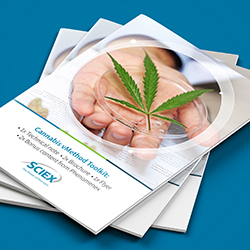
The Cannabis vMethod Toolkit
Introducing the SCIEX vMethod™ Application for Quantitation of Pesticide Residues in Cannabis Matrices 1.0, a novel LC-MS/MS plug and play method for testing flower and concentrates for stipulated residues.
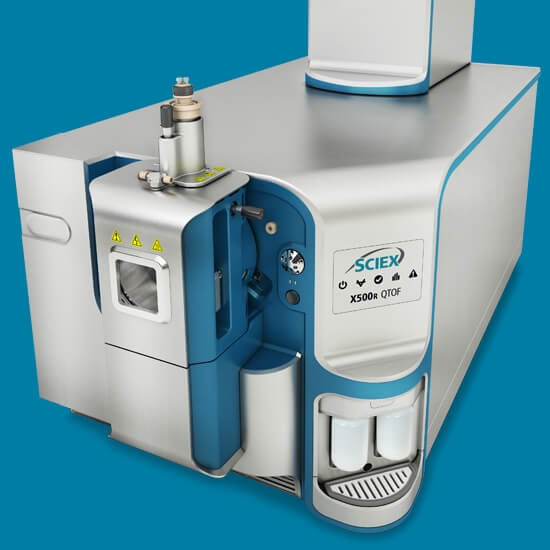
X500R QTOF System
Easy to use accurate mass spectrometer system that analyzes data faster, leveraging the power of SWATH® Acquisition.
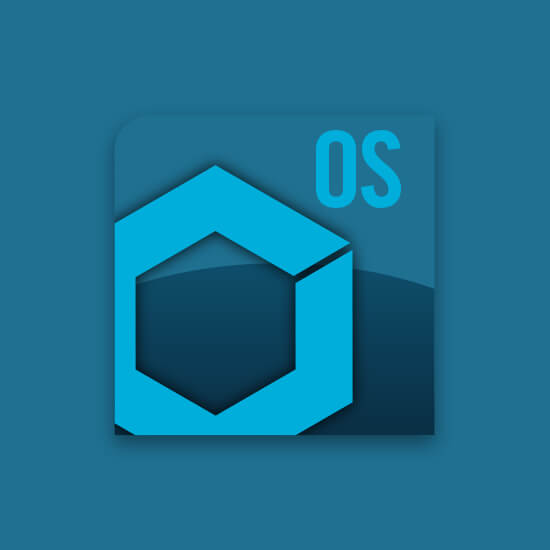
SCIEX OS Software
The all-in-one software that lets you acquire, process and analyze data, and even generate reports.
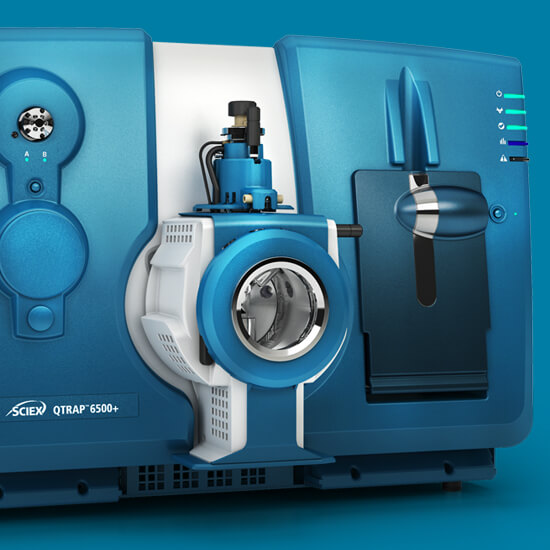
QTRAP® System
Combine QTRAP technology with the MRM sensitivity of a SCIEX Triple Quad™ system to get you even better identification, characterization, and quantification.
| Learning Center | |
|---|---|
Technical Note: Analysis of the Canadian Cannabis Pesticides List Using Both ESI and APCI Techniques
| Download |
| Technical Note: Comprehensive Cannabis Analysis: Pesticides, Aflatoxins, Terpenes, and High Linear Dynamic Range Potency from One Extract Using One Column and One Solvent System | Download |
| Flyer: Top 5 Pesticide Challenges in Cannabis | Download |
| Method Flyer: Pesticides and Potency in Cannabis LC-MS/MS Testing | Download |
| Brochure: A vMethod for the Analysis of Pesticide Residues in Cannabis Matrices | Download |
| Technical Note: Quantitation of Cannabinoids and Pesticides in Cannabis Products Using the Triple Quad™ 3500 LC-MS/MS System | Download |
